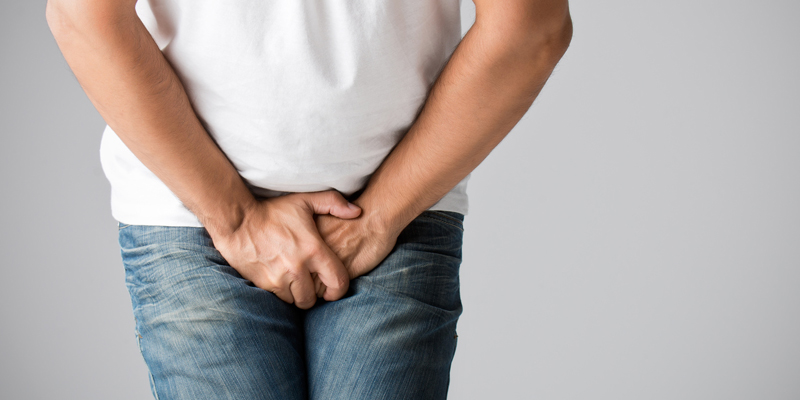
Urinary incontinence (UI) is an inability to control the loss of urine from the bladder. There are multiple types of urinary incontinence. Stress urinary incontinence (SUI) is a loss of bladder control when a force is applied to the bladder or urethra with activity like coughing, sneezing, laughing, lifting, jumping, and running. Urge urinary incontinence (UUI) refers to an intense, sudden urge to urinate followed by urine loss. Typically, patients will notice the urine loss as they are rushing to the bathroom. Common causes of urinary incontinence include weakness or overactivity of the pelvic floor muscles. This is sometimes accompanied by an overactive urethral sphincter, overactive bladder or dietary induced bladder irritation. Things like caffeine, over or under hydration, medication, infections, constipation, pregnancy, childbirth, hormonal changes with menopause, prostate cancer and different abdominal and pelvic surgeries can also contribute to bladder incontinence.
Symptoms associated with urinary incontinence include:
Inability to control the leakage of urine during coughing, laughing, sneezing, exercise, lifting
Inability to make it to the toilet on time
Minor leakage in underwear, may be unsure if discharge vs. urine
Complete lack of control and full loss of bladder
Often accompanied by other issues such as hormone changes
Typically, a primary care physician will refer patients with UI to an urologist or urogynecologist. The physician may perform tests to determine the cause of the UI. These tests may include: digital vaginal or rectal exam, urinalysis, bladder diaries, urodynamic testing, post-void residual tests, pelvic ultrasound, bladder stress test, cystogram, and cystoscopy.
Treatment for urinary incontinence is based on the cause and outcome of the testing. Typically, treatment consists of medications, dietary changes, and exercises. At Rebalance Physical Therapy, our treatment for urinary incontinence consists of a holistic approach beyond pelvic floor muscle strengthening. We differ from traditional therapy treatments by looking at the whole body to identify contributing dysfunctions. Evaluation and treatments are individualized. We use the Integrated Systems Model (ISM) for Pain & Disability (Lee & Lee, 2007) as framework for treatment to interpret the unique picture of each individual patient. The goal of the ISM approach is to facilitate better strategies for posture and functional movement which will ultimately eliminate urinary incontinence.
Often times with incontinence, there is an underlying postural dysfunction with muscular gripping patterns which put increased intraabdominal pressure on the pelvic organs preventing them from working properly. All areas of the body are linked and interact with each other during daily body function including bladder function. By considering the connections between all parts of the body and treating the underlying postural and movement dysfunctions, urinary incontinence can be reasoned, explained and treated appropriately.


